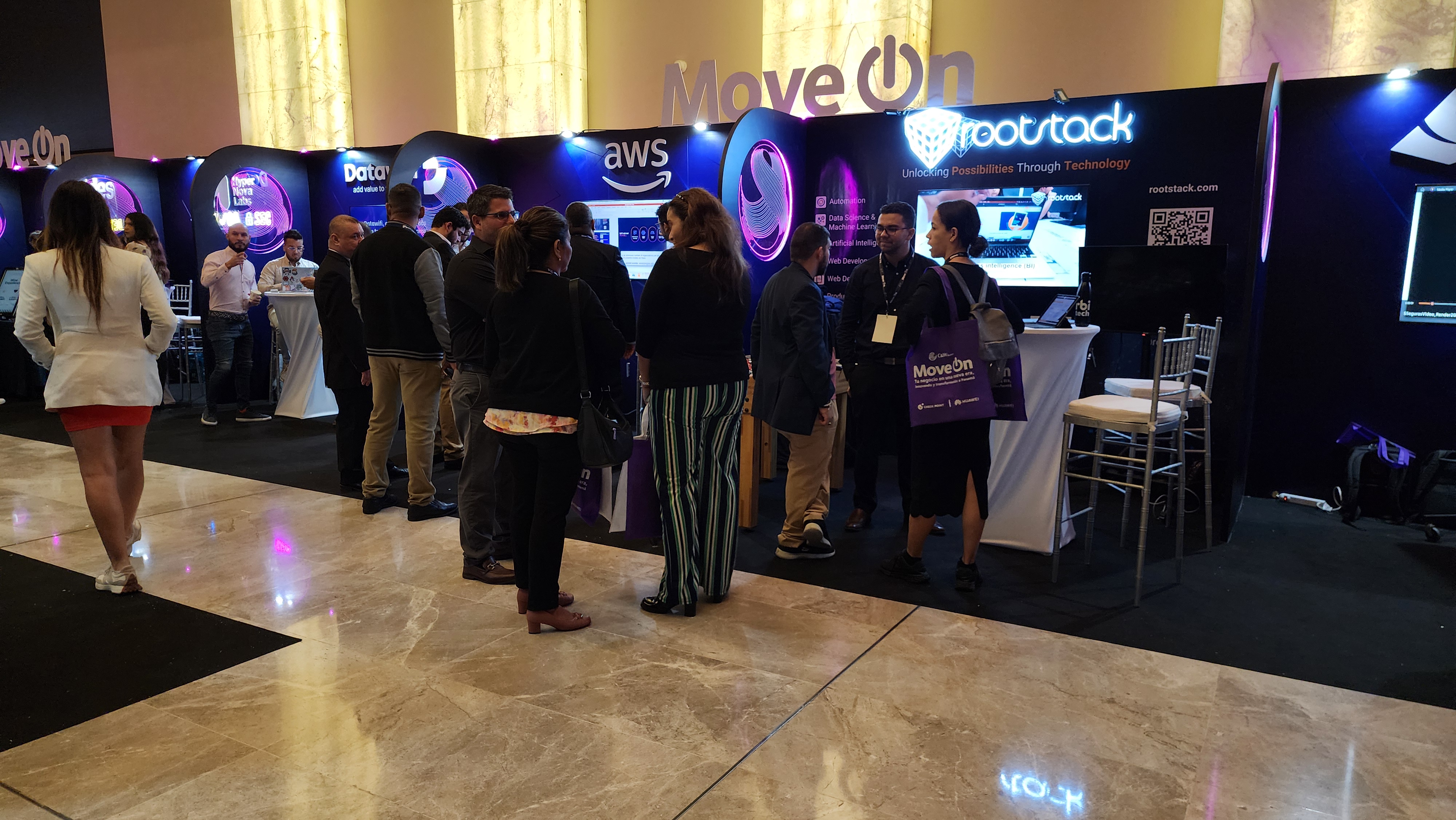Chatbots for government: best practices and strategies for creating citizen services
October 27, 2023
Table of contents
Quick Access
Currently, artificial intelligence has revolutionized every aspect of business life, both internal work flows and customer service, the latter has been reflected in the innovative chatbots.
On our page we have already written several specialized articles about this technological tool, explaining “Chatbots are programs created to interact with any message they receive, automatically generating a response, which is sometimes automatic and other times custom-made. Simply put, chatbots are computer programs created to simulate a conversation with real human users, providing them with any help or information they may need.
Practices to follow to create a Chatbot solution focused on a government page
By providing quick, automated responses to common queries and facilitating communication, chatbots can significantly benefit government agencies. However, successful implementation of chatbots in the public sector requires adherence to best practices.
In this article, we will explore some of these best practices.
Define clear objectives
Before implementing a chatbot, it is essential to define clear objectives. Ask yourself what you intend to achieve with the chatbot. Is it to provide information, help with services, or facilitate communication? Having a clear understanding of your goals will guide the design and development of the chatbot.
Understand your audience
Government agencies serve a diverse audience with different needs. It is essential to understand the demographics and preferences of your target users. This knowledge will help you adapt the chatbot's responses and functionalities to better serve citizens.

Focus on user experience
User experience is paramount. Make sure your chatbot provides a user-friendly interface and conversational experience. It should be easy to navigate, understand user queries, and offer useful answers. Consider conducting user testing to gather feedback for improvement.
Provide accurate information
Government chatbots must offer accurate and up-to-date information. Periodically update the chatbot's knowledge base to reflect changes in policies, procedures, and services. Inaccurate information can erode trust in the chatbot and the government agency it represents.
Secure data and privacy
Data security and privacy are essential when implementing chatbots in government. Ensure you comply with all relevant data protection regulations and store user data securely. Clearly communicate your privacy policy to users and obtain their consent for data collection.

Multilingual support
In multicultural and multilingual societies, providing chatbot support in multiple languages is essential. Make sure the chatbot can understand and respond to queries in different languages, reflecting the diversity of your constituents.
Integration with backend systems
For the chatbot to be truly effective, it must integrate seamlessly with government databases and backend systems. This allows the chatbot to access data in real time and provide citizens with accurate and up-to-date information.
Continuous improvement
A chatbot is not a set-it-and-forget-it solution. Regularly monitor your performance and collect user feedback. Use this data to make necessary improvements, troubleshoot problems, and expand your capabilities over time.
By following these best practices, government agencies can harness the power of chatbots to improve citizen services, increase efficiency, and foster a more responsive and accessible government.
Chatbots have the potential to be transformative tools for government, offering citizens faster access to information and services. However, its success depends on a commitment to best practices that prioritize user experience, accuracy, security, and ethical considerations. When implemented effectively, chatbots can become an invaluable asset in the public sector and ultimately lead to more efficient, citizen-centric government operations.
We recommend you on video
Related Blogs

What programming language is used for API development?

ERP Software: Benefits for the banking industry

Best Practices for Hiring an RPA Developer

BPM solutions for the hotel industry

